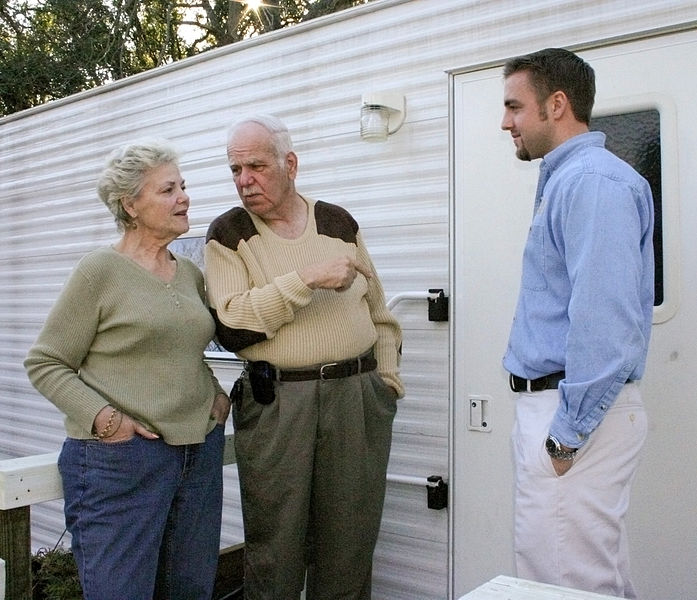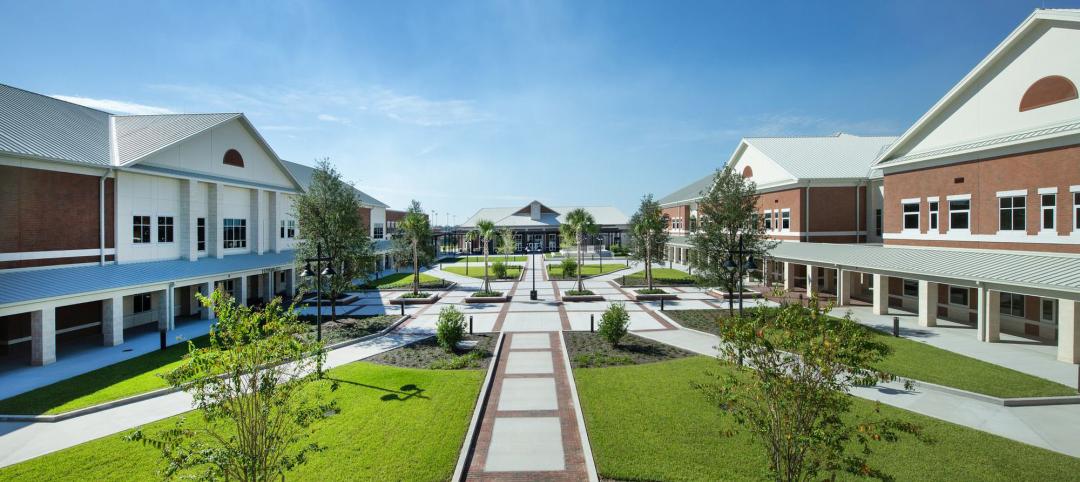America’s older population is in the midst of unprecedented growth, but the country is not prepared to meet the housing needs of this aging group, concludes a new report released by the Harvard Joint Center for Housing Studies and AARP Foundation.
According to Housing America’s Older Adults—Meeting the Needs of An Aging Population, the number of adults in the U.S. aged 50 and over is expected to grow to 132 million by 2030, an increase of more than 70% since 2000. But housing that is affordable, physically accessible, well-located, and coordinated with supports and services is in too short supply.
Housing is critical to quality of life for people of all ages, but especially for older adults. High housing costs currently force a third of adults 50 and over—including 37% of those 80 and over—to pay more than 30% of their income for homes that may or may not fit their needs, forcing them to cut back on food, healthcare, and, for those 50-64, retirement savings.
Much of the nation’s housing inventory also lacks basic accessibility features (such as no-step entries, extra-wide doorways, and lever-style door and faucet handles), preventing older persons with disabilities from living safely and comfortably in their homes. Additionally, with a majority of older adults aging in car-dependent suburban and rural locations, transportation and pedestrian infrastructure is generally ill-suited to those who aren’t able to drive, which can isolate them from friends and family.
Finally, disconnects between housing programs and the healthcare system put many older adults with disabilities or long-term care needs at risk of premature institutionalization.
“Recognizing the implications of this profound demographic shift and taking immediate steps to address these issues is vital to our national standard of living,” says Chris Herbert, acting managing director of the Harvard Joint Center for Housing Studies. “While it is ultimately up to individuals and their families to plan for future housing needs, it is also incumbent upon policy makers at all levels of government to see that affordable, appropriate housing, as well as supports for long-term aging in the community, are available for older adults across the income spectrum.”
Of special concern as the older population in the U.S. continues to swell are the younger baby boomers who are now in their 50s. With lower incomes, wealth, homeownership rates, and more debt than generations before them, members of this large age group may be unable to cover the costs of appropriate housing or long-term care in their retirement years.
Indeed, while a majority of people over 45 would like to stay in their current residences as long as possible, estimates indicate that 70% of those who reach the age of 65 will eventually need some form of long-term care. In this regard, older homeowners are in a better position than older renters when they retire. The typical homeowner age 65 and over has enough wealth to cover the costs of in-home assistance for nearly nine years or assisted living for six and half years. The typical renter, however, can only afford two months of these supports.
“As Americans age, the need for safe and affordable housing options becomes even more critical,” says Lisa Marsh Ryerson, President of the AARP Foundation. “High housing costs, aging homes, and costly repairs can greatly impact those with limited incomes. The goal in our support of this report is to address the most critical needs of these households and it is AARP Foundation’s aim to provide the tools and resources to help them meet these needs now and in the future.”
Check out the infographic below to better understand some of the study's findings.
Source: Harvard JCHS & AARP Foundation
Related Stories
MFPRO+ News | Oct 22, 2024
Project financing tempers robust demand for multifamily housing
AEC Giants with multifamily practices report that the sector has been struggling over the past year, despite the high demand for housing, especially affordable products.
Resiliency | Sep 3, 2024
Phius introduces retrofit standard for more resilient buildings
Phius recently released, REVIVE 2024, a retrofit standard for more resilient buildings. The standard focuses on resilience against grid outages by ensuring structures remain habitable for at least a week during extreme weather events.
Adaptive Reuse | Aug 22, 2024
6 key fire and life safety considerations for office-to-residential conversions
Office-to-residential conversions may be fraught with fire and life safety challenges, from egress requirements to fire protection system gaps. Here are six important considerations to consider.
Senior Living Design | Jul 23, 2024
The growing importance of cultural representation in senior living communities
Perkins Eastman architect Mwanzaa Brown reflects on the ties between architecture, interior design, and the history and heritage of a senior living community’s population.
Vertical Transportation | Jul 12, 2024
Elevator regulations responsible for some of ballooning multifamily costs
Codes and regulations for elevators in the United States are a key factor in inflating costs of multifamily development, argues a guest columnist in the New York Times.
MFPRO+ New Projects | Jul 10, 2024
3 noteworthy multifamily projects for July 2024
These three multifamily projects on our radar include an artist-inspired complex, seven-acres of senior housing, and a budget-conscious rental community.
Student Housing | Jul 1, 2024
Two-tower luxury senior living community features wellness and biophilic elements
A new, two-building, 27-story senior living community in Tysons, Va., emphasizes wellness and biophilic design elements. The Mather, a luxury community for adults aged 62 and older, is situated on a small site surrounded by high-rises.
Senior Living Design | Jun 28, 2024
The country’s largest retirement community expands with educational facilities
The project will include a high school, a K-8 school, and an Early Learning Center aimed at serving the children of residents who work in qualified businesses within The Villages.
Senior Living Design | Jun 24, 2024
Not your grandparents’ senior living community: Redefining aging in place
Perkins Eastman’s Senior Living and Residential teams are putting a new face on home for seniors who don’t want to move away in retirement.
Senior Living Design | Jun 13, 2024
Crystal Pacific Windows bring sunshine to senior living community
Crystal Pacific Window & Door Systems, the West Coast production affiliate of national manufacturer Crystal Window & Door Systems, recently supplied over 400 energy efficient vinyl windows for a new affordable housing community in San Diego, Calif.


















